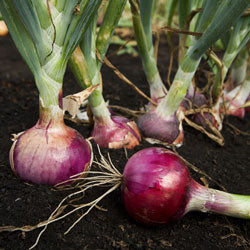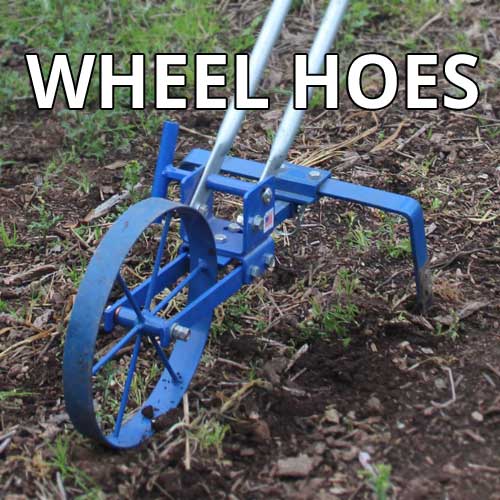Gardening Tips for Fall
Posted by David Grau on
Originally Posted on October 29, 2015
(These tips are for California’s Sacramento Valley. I hope they are of some use to you in other climatic zones.)
In our third year of drought, I expect that most of us now comprehend the impact of global warming on climates all over the planet. It is not the time to give up on gardening, but we need to garden smarter.
I’ve heard many people say they didn’t plant much this year due to the drought, and that farmers use less water than us gardeners. However, if you use drip irrigation and mulch, you probably use less water than the big farmers. So take heart, get a couple bales of straw (not hay – too many seeds), buy some drip irrigation supplies, and keep gardening.
Here in the Sacramento Valley, you can grow lots of vegetables in the fall and winter. It is too late in mid October to start cole crops (broccoli, cabbage, cauliflower) from seed, and even to transplant starts. Next year, you can do this in July and August. The plants need to size up to a foot tall or so before the days get short. Planting now will yield miniature cole crops.
 It’s a good time to transplant onion plants. You can get the plants at the farmer’s market in Chico, and you want them about the size of a pencil. Chop off the tops so that what you have left is about 7” of stem. Make a furrow. Yes, you can use a Valley Oak wheel hoe furrower attachment , but a hoe can also make a furrow. Lay the plants out about 6” apart in rows 15” apart. Cover the plants and give them a good watering.
It’s a good time to transplant onion plants. You can get the plants at the farmer’s market in Chico, and you want them about the size of a pencil. Chop off the tops so that what you have left is about 7” of stem. Make a furrow. Yes, you can use a Valley Oak wheel hoe furrower attachment , but a hoe can also make a furrow. Lay the plants out about 6” apart in rows 15” apart. Cover the plants and give them a good watering.
By the way, before planting you should loosen the soil with a broadfork or a rototiller. It helps immensely to sprinkle the bed with water if the soil is too dry. This is the time to work in compost, or even just spread it on top. Onions can be planted from now until January, so you can wait until the rains come, as long as you can still find plants.
Next summer, you could sow your own seeds to transplant in the fall. In colder winter areas, you may not be able to grow onions in the winter. Ask other gardeners in your area about when to plant, and also which varieties do well where you live. Different onion varieties bulb up at different times, depending on the length of the nights (they call it day length, but it is the hours of darkness that trigger the bulbing).
This is a great time to plant garlic almost everywhere in North America. Because there are some diseases being spread on garlic bulbs, it’s best to buy clean, tested seed garlic. Read the catalogs and websites, and choose a couple of varieties.
If you have fruit trees, keep them hydrated. By using drip tubing and micro sprinklers with a timer, you can irrigate without wasting water. Watering at night uses less water, and mulching will also reduce water usage. I use a 120 minute wind-up timer that is cheap and easy. You will need a filter, but it needn’t be expensive.
 We local sustainable farmers are key members of a planetary movement to reduce atmospheric CO 2 levels. Local food production uses much less fossil fuel. Yes, it has to become a much larger movement, but we can do this, and all of life in the biosphere will thank us when the shift to drawing down CO 2 is under way. To learn more about this, check out Project Drawdown.
We local sustainable farmers are key members of a planetary movement to reduce atmospheric CO 2 levels. Local food production uses much less fossil fuel. Yes, it has to become a much larger movement, but we can do this, and all of life in the biosphere will thank us when the shift to drawing down CO 2 is under way. To learn more about this, check out Project Drawdown.
The Project Drawdown team presented at the Bioneers Conference this month in San Rafael. Keep your spirits up. Gardening is the hub around which the coming global transformation will revolve.
Happy Gardening,
David Grau
Valley Oak Tool Company


